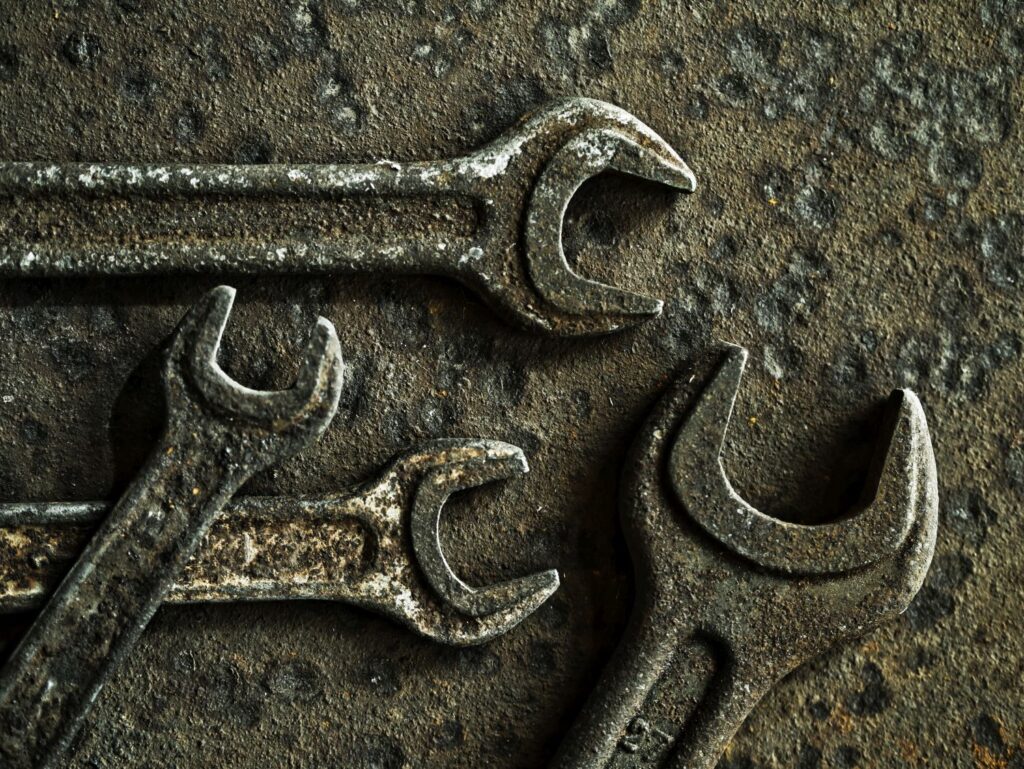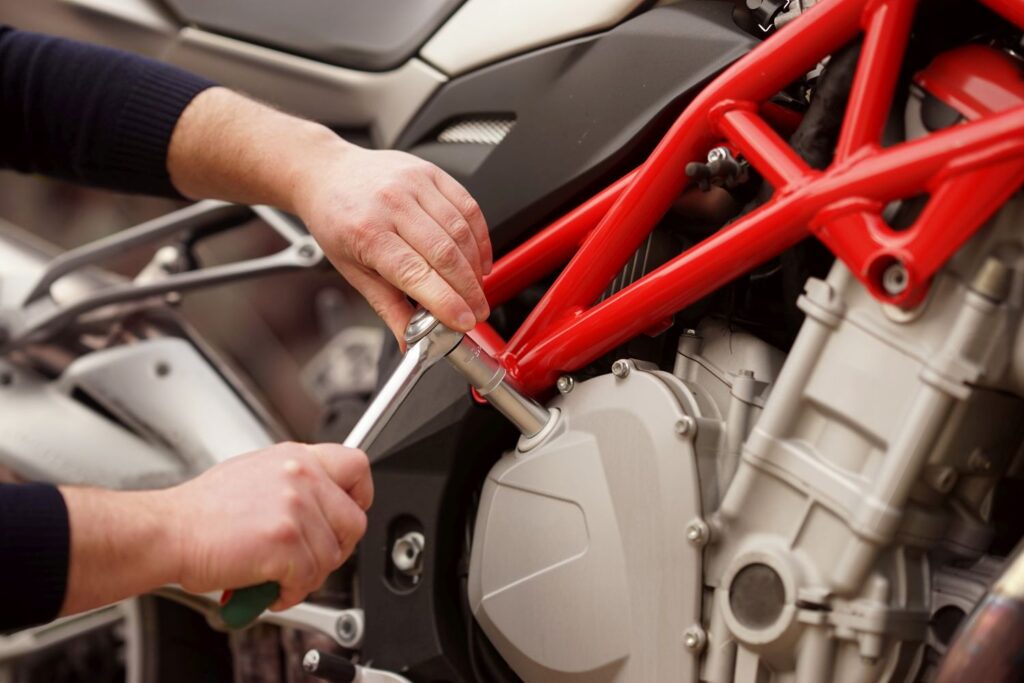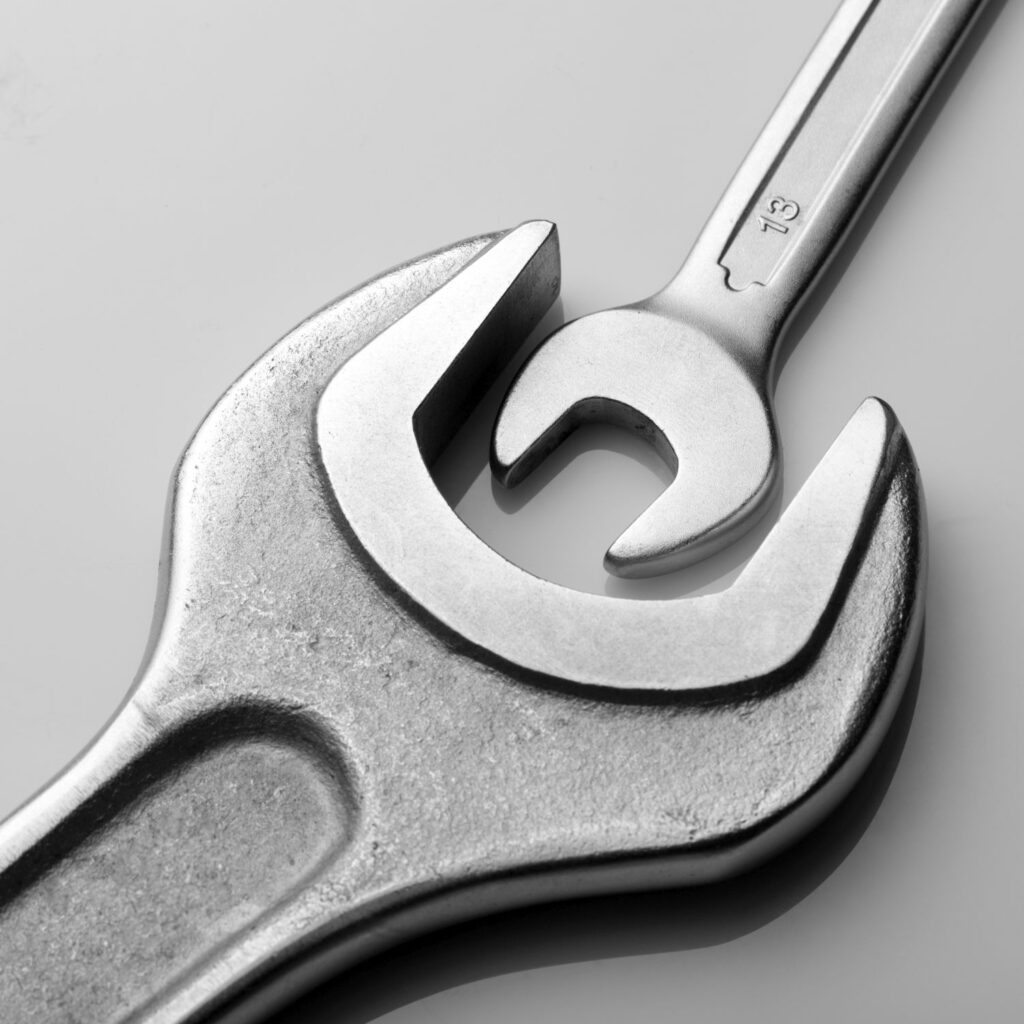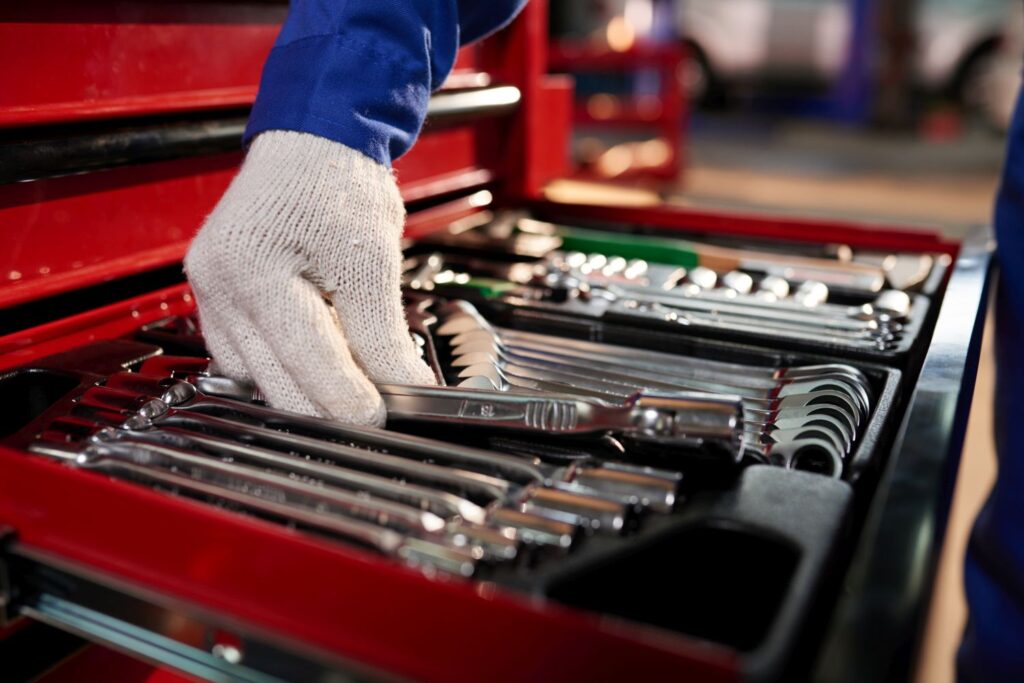Proper Wrench Maintenance: Tips for Longevity and Performance

Wrenches are essential tools for any wrenching project, and like any tool, they require proper maintenance to ensure longevity and optimal performance. By implementing simple maintenance practices, you can keep your wrenches in top shape, preventing wear, damage, and compromised effectiveness. In this article, we will provide guidelines on how to maintain and care for your wrenches, covering cleaning, lubrication, storage practices, and avoiding common mistakes that can impact their performance.
Cleaning Wrenches: Regular cleaning is vital to prevent the buildup of dirt, grime, and debris that can affect the functionality of your wrenches. After each use, take a few moments to wipe down your wrenches with a clean rag to remove any residue. For stubborn grime, use a brush or mild detergent. Avoid using harsh chemicals that may damage the wrenches. Keeping your wrenches clean will not only help them operate smoothly but also prevent contamination in future uses.
Lubricating Wrenches: Lubrication plays a crucial role in maintaining the smooth operation of your wrenches and preventing rust or corrosion. Apply a suitable lubricant, such as silicone-based spray or light machine oil, to the moving parts of your wrenches. Be mindful not to over-lubricate, as excessive buildup can attract dust and debris. Regular lubrication will enhance the lifespan of your wrenches and ensure they operate with ease.
Storage Practices: Proper storage is essential to protect your wrenches from physical damage and environmental factors. Store your wrenches in a clean, dry area away from excessive moisture or direct sunlight. Consider using a toolbox, rack, or drawer organizer to keep your wrenches organized and prevent them from banging against each other. By storing your wrenches properly, you’ll prevent unnecessary wear and ensure they’re readily accessible when needed.
Avoiding Common Mistakes: To maintain the longevity and performance of your wrenches, it’s important to avoid common mistakes that can lead to damage. Always use the correct wrench size for the fasteners you’re working with to avoid slipping or rounding off the edges. Remember that wrenches are designed for turning, not as hammers or pry bars. Avoid using excessive force or applying sideways pressure on the wrenches, as this can lead to bending or breaking.
Inspecting for Wear and Damage: Regularly inspect your wrenches for signs of wear, damage, or deformities. Check the jaws for any wear or rounding, examine the handles for bends or cracks, and ensure the mechanisms are functioning properly. If you notice any issues during inspections, promptly replace or repair the affected wrenches. Continuing to use damaged wrenches can lead to further problems or accidents, compromising both your safety and the effectiveness of the tool.
Long-Term Care and Maintenance: In addition to regular maintenance, consider more extensive care and maintenance practices for your wrenches in the long term. Periodically inspect your wrenches, even if they’re not used frequently, to identify any hidden issues. Re-lubricate your wrenches at appropriate intervals to ensure continued smooth operation. Additionally, for more thorough cleaning, consider using a mild solvent or degreaser, following manufacturer guidelines, when necessary.
Conclusion: Proper wrench maintenance is essential for ensuring the longevity and optimal performance of your tools. By implementing cleaning, lubrication, storage practices, and avoiding common mistakes, you’ll be able to keep your wrenches in top condition for years to come. Regular inspections and timely repairs or replacements will further contribute to their effectiveness and your safety. Remember, a well-maintained wrench is a reliable wrench. Incorporate these maintenance practices into your wrenching routine to ensure the longevity and performance of your invaluable tools.




